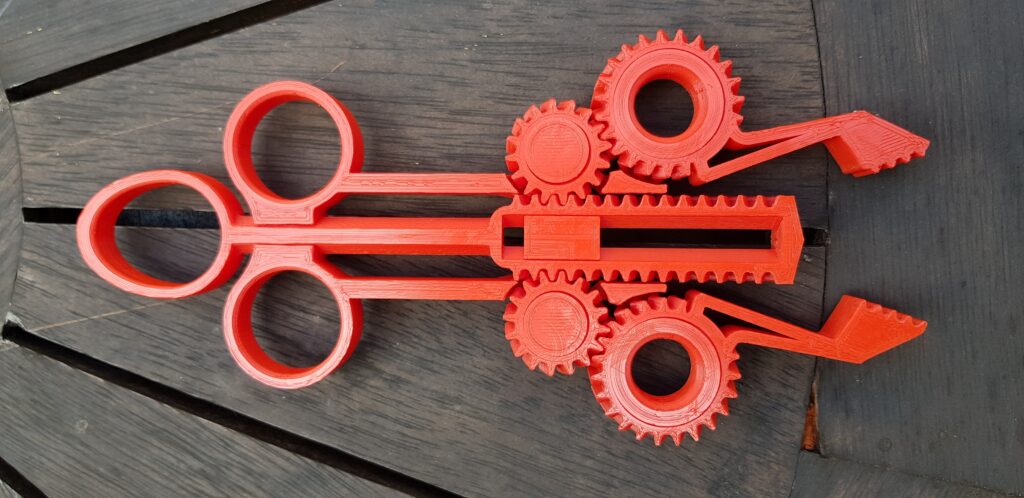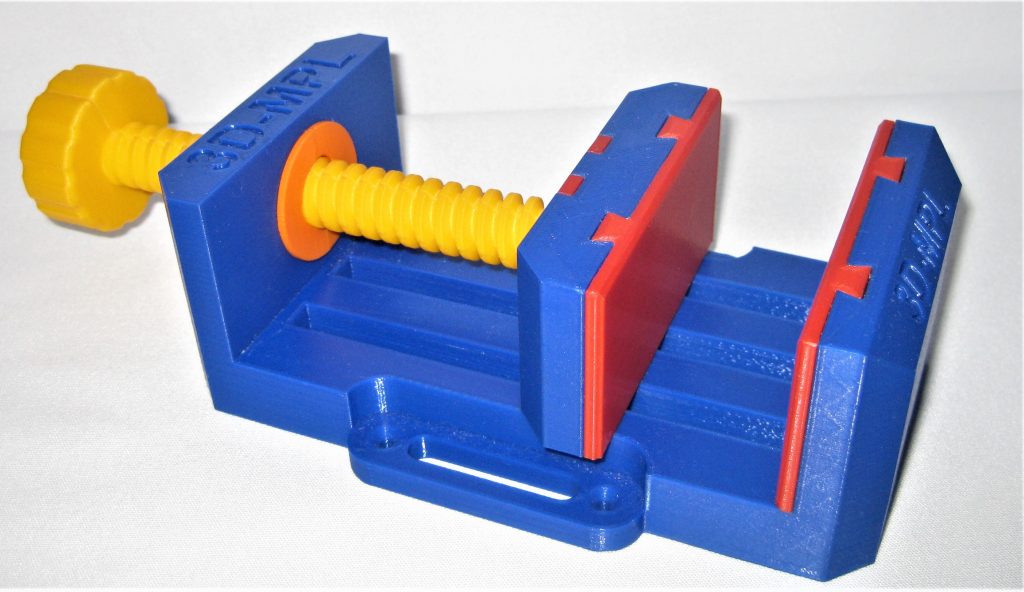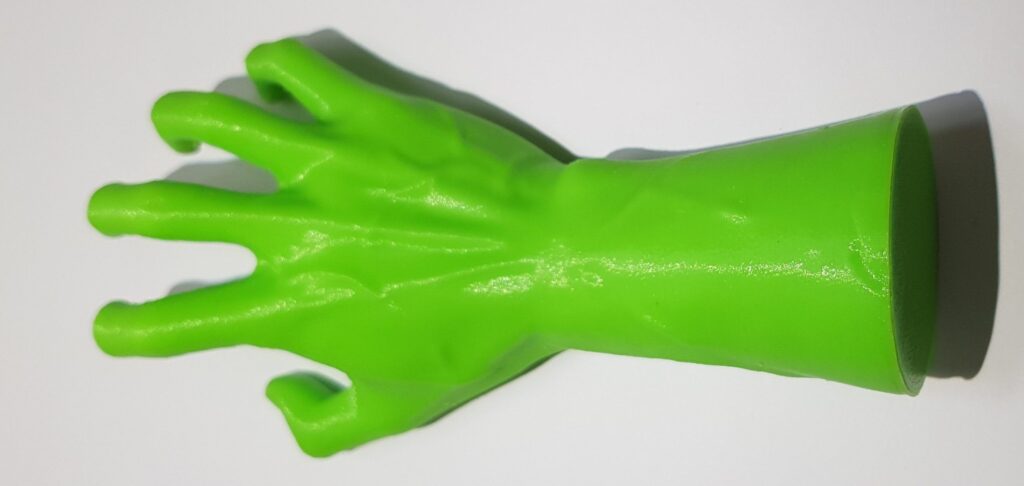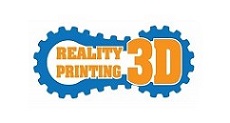
Casting
In metalworking and jewellery making, casting is a process in which a liquid metal is somehow delivered into a mold (it is usually delivered by a crucible) that contains a hollow shape (i.e., a 3-dimensional negative image) of the intended shape. The metal is poured into the mold through a hollow channel called a sprue. The metal and mold are then cooled, and the metal part (the casting) is extracted. Casting is most often used for making complex shapes that would be difficult or uneconomical to make by other methods.[1]
Casting processes have been known for thousands of years, and have been widely used for sculpture (especially in bronze), jewellery in precious metals, and weapons and tools. Traditional techniques include lost-wax casting (which may be further divided into centrifugal casting and vacuum assist direct pour casting), plaster mold casting and sand casting.
The modern casting process is subdivided into two main categories: expendable and non-expendable casting. It is further broken down by the mold material, such as sand or metal, and pouring method, such as gravity, vacuum, or low pressure.

Moulding
Molding or moulding (see spelling differences) is the process of manufacturing by shaping liquid or pliable raw material using a rigid frame called a mold or matrix. This itself may have been made using a pattern or model of the final object.
A mold or mould is a hollowed-out block that is filled with a liquid or pliable material such as plastic, glass, metal, or ceramic raw material. The liquid hardens or sets inside the mold, adopting its shape. A mold is the counterpart to a cast. The very common bi-valve molding process uses two molds, one for each half of the object. Articulated moulds have multiple pieces that come together to form the complete mold, and then disassemble to release the finished casting; they are expensive, but necessary when the casting shape has complex overhangs. Piece-molding uses a number of different molds, each creating a section of a complicated object. This is generally only used for larger and more valuable objects.
A manufacturer who makes molds is called a moldmaker. A release agent is typically used to make removal of the hardened/set substance from the mold easily. Typical uses for molded plastics include molded furniture, molded household goods, molded cases, and structural materials.

